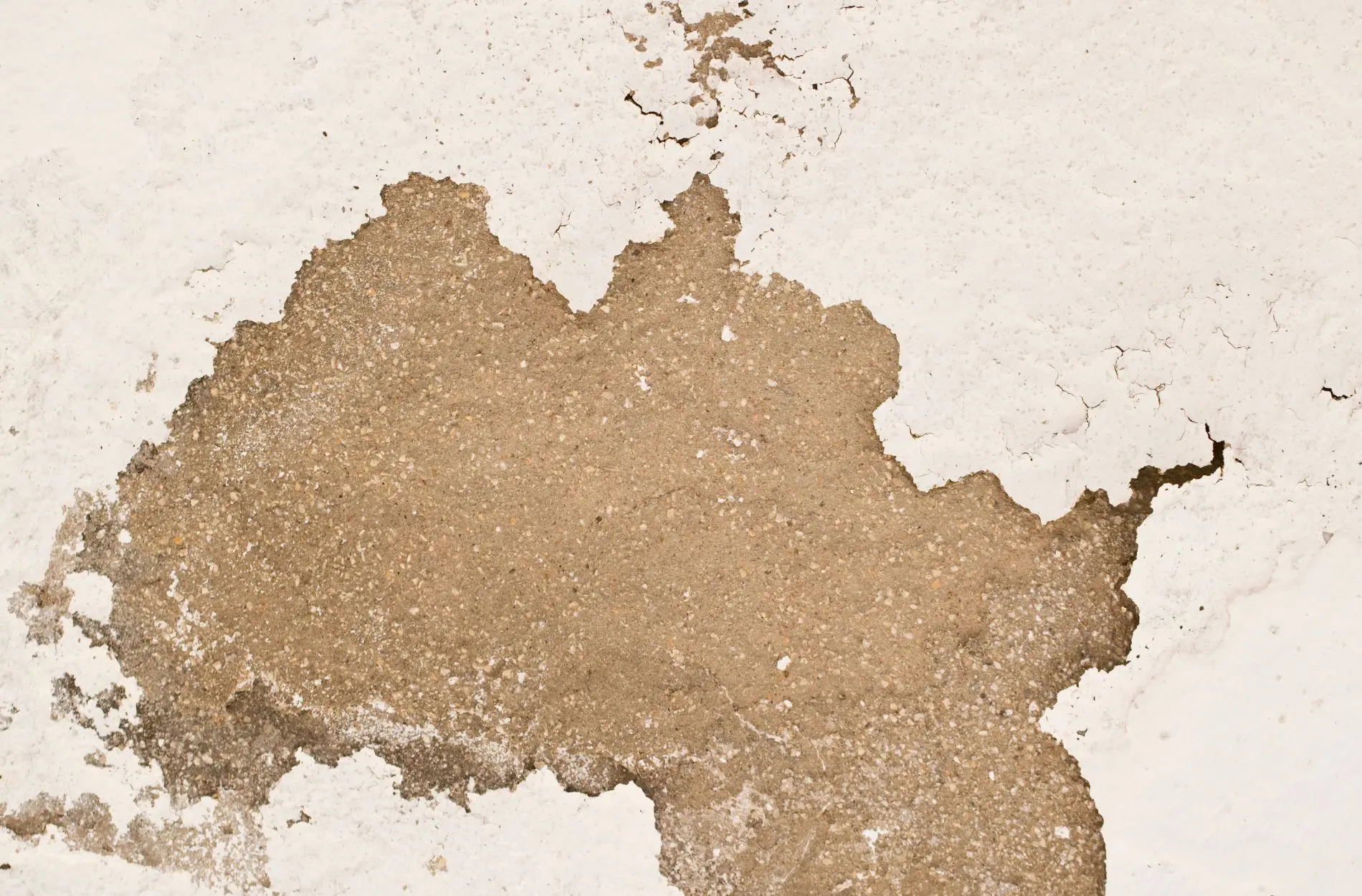Painting Your Home’s Exterior This Summer? Why Not Go Green?

Sustainability is more than just a buzzword for the modern household. It’s also far from a flash-in-the-pan fad, or a temporary trend that will eventually subside.
For households across the United States, sustainability has become a top priority. More people than ever before are making conscious efforts to avoid waste, recycle and generally protect the planet for future generations.
Oftentimes, it’s the smallest lifestyle adjustments that add up to the biggest differences. Simply by considering the environmental impact of the things we get up to on a daily basis, it becomes possible to tweak our behaviors in a positive way.

Case in point example – the way we paint and decorate our homes.
If you’re planning an exterior painting project this summer, going green is the way to go. Not in a literal sense of course, as color selection is entirely down to you.
Instead, we mean painting your home in a way that minimizes the environmental impact of the project as a whole. If referred, we can handle the job in its entirety on your behalf, and ensure you of an eco-friendly approach you can be proud of.
But for those who simply love getting their hands dirty with a little DIY, here’s a brief rundown of 10 ways to make your next exterior painting job a little greener:
- Choose paints that last
First up, an exterior paint job that lasts a long time will always be a more environmentally friendly paint job. By contrast, paint that needs to be refreshed or replaced regularly is inherently less eco-friendly.
- Don’t buy more than you need
Paint has a tendency to be difficult to recycle, and poses a major threat to the environment when disposed of improperly. This is why it is essential to only ever buy the exact amount of paint you need. Each gallon of paint will be enough for roughly 400 SQ feet, so be as accurate as possible when calculating your requirements.
- Watch the weather
A freak downpour while painting your home’s exterior isn’t just bad news for your project. It can also result in highly toxic substances being washed into the surrounding area, with catastrophic consequences for nearby plant life and wildlife.
- Use low-VOC paint
Paints with high concentrations of volatile organic compounds are (unsurprisingly) more harmful to the environment than those with a low VOC content. Where possible, stick with the latter – particularly when painting in areas of the home with less-than-ideal ventilation.
- Use recycled paint
You could also take things one step further by refreshing your home’s exterior with recycled paint. You can pick up recycled paint all over the place these days (including online), and often for a lower price than conventional paint.
- Choose environmentally-friendly paint
If not recycled, you could at least go for paint that has been designed to be as environmentally friendly as possible. Ask your retailer for their recommendations, or request that your painting contractor use environmentally friendly products when painting your home.
- Use strippers and solvents carefully
Painting a home often involves the use of various other products that can be hazardous to health. Chemical paint strippers, brush cleaners, solvents and so on – all potentially posing a threat to the environment. As most of these products are available in the form of environmentally-friendly alternatives, the choice is clear for the eco-friendly household.
- Wrap your brushes and rollers
If you’re going to be using your brushes or rollers again within the next day or so, cover them in plastic wrap or film of some kind. Rather than rinsing them clean only to them cover them in paint again, you may as well preserve the leftover paint on the brush. Far better than rinsing it away and leaving it for the environment to deal with.
- Dispose of everything properly
If there is anything you need to get rid of that cannot be recycled, don’t just throw it in the trash and leave it at that. Head online and find out when, where and how it should be disposed of, and make the effort to take it to the appropriate facility in your vicinity.
- Recycle everything
Last up, anything and everything that can be recycled should be recycled. Messy and laborious it may be, but separating all waste materials and ensuring they are responsibly recycled is your responsibility.
For more information on the services we provide or to discuss your requirements in more detail, contact a member of the team at Homm CPS today.










